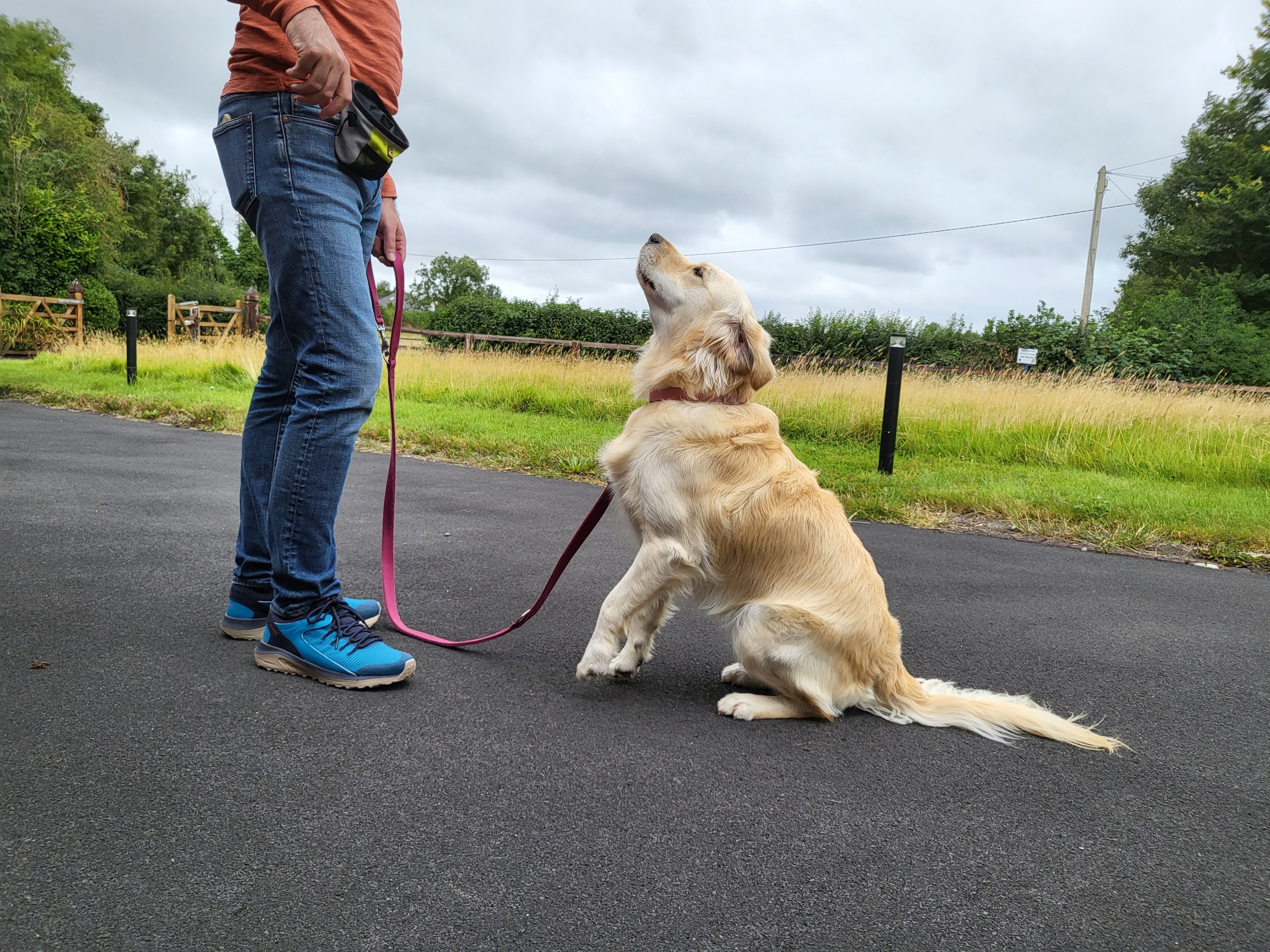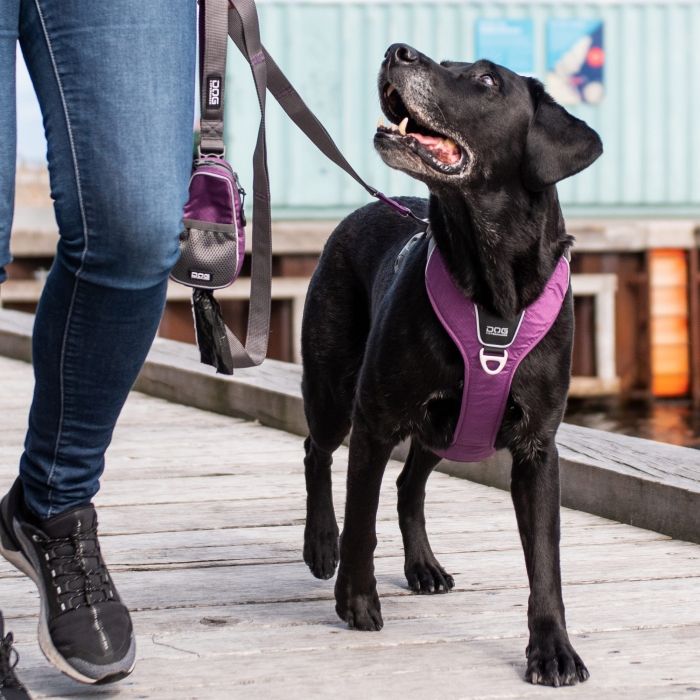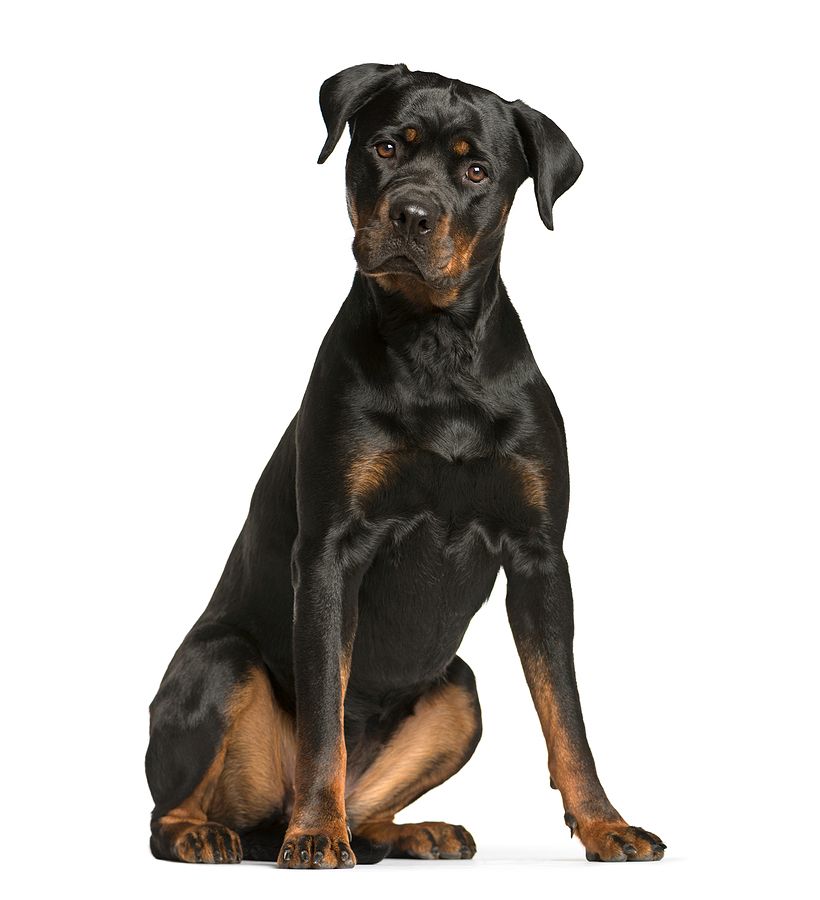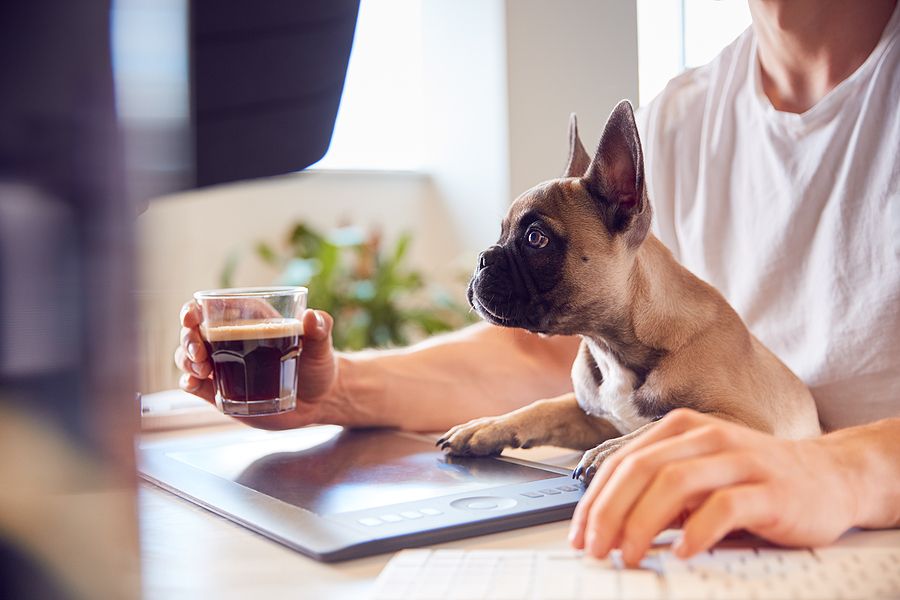Lend a Helping Hound
Building a support network for dog-reactive dogs
Stooge dog sessions are a vital part of recovery for dog-reactive dogs. These are set up as a fully controlled safe space for all participants to help build confidence, communication and comfort. Dog-reactive dogs require just as much care, help and empathy as those dogs who have noise fears or phobias, fear of the vets or other behavioural difficulties.
Stooge dogs play a huge part in helping to rehabilitate dogs who have fears, phobias or general discomfort around other dogs. By providing a safe and fully controlled environment for them to learn to feel happy, safe and listened to builds confidence and trust that they are not in any danger from other dogs and that their handlers are able to hear them and step in when they need help or backup.
Most dogs are naturally fairly poor at choosing retreat as an option when in a scary situation, particularly around other dogs. Instead they choose to create space by trying to make the other party go away. Starting at distances where they do not need to choose any of the options of fight, flight, freeze or appease we help them feel safer and so be able to make logical choices rather than follow a purely emotional reaction.
Because dogs come in such a huge variety of sizes and shapes, sometimes helping dog-reactive dogs is difficult as they can get used to some more regularly seen breeds more easily than others. For example, dogs tend to have difficulties with black dogs as they cannot see their features very well, dogs with short muzzles or tails as their body language is not as clear, and also with very bouncy dogs versus calm and content dogs.
What is a stooge dog?
A stooge dog is a dog who, along with their handler, works with their handler at a distance that is safe and comfortable for both them and the dog they are helping. They provide a real dog for the session dog to learn to feel safe and comfortable around as they never come over to say hello, they don't run around and become very predictable. Predictability means safety, if they know what the other dog is going to and not going to do, their confidence increases significantly.
The stooge dog is there to be a boring visual for the session dog and also to work on their own comfort levels around dogs who are nervous or less predictable. The stooge dog will never be put in a situation where they are nervous or uncomfortable.


What do we do in a stooge session?
In a stooge session, the stooge dog will work on some simple exercises with their handler, you, on things like polite leash walking, focus and attention and overall just being comfortable with the other dog at a safe distance. To help the session dog, you will be working through stages: firstly both dogs will be static at their safe distances; secondly you and your dog will be walking back and forth at that large distance so the other dog can see you move; then you will stay static and the session dog will move back and forth, maintaining that safety distance; then both dogs will start to move, maintaining that distance, firstly in parallel with each other going the same directions, then in parallel going opposite directions.
In many cases, for the early stages of the stooge work we may be starting at 50-100m away from the session dog. As they get more comfortable and confident we are looking to gradually get down to between 8-10m from the session dog. This is a slow process as all dogs and handlers need to be fully comfortable at each stage before moving on. Once they get down to 8-10m the session dogs will then become stooge dogs themselves before they move onto their group work.
Does this really help?
Massively! Even the difference between the session dogs being stooge dogs or not for other dogs makes a huge difference in their recovery time and skills. Those who provide stooge sessions themselves for others, find that their dogs get more comfortable more quickly and with a wider variety of other dogs. Also for those dogs who do not have difficulties with other dogs, building confidence around those dogs who are not is a huge part of their socialisation work and comfort on a day to day basis when out in the world. Unfortunately there are a huge number of dogs who are dog-reactive and their families tend to end up going outside at night only to avoid the stress and frustration of the big reactions their dogs have to the world. Doing stooge sessions helps their owners practice what to do when out in the big bad world without the worries of things going wrong or the stigma of other people judging them without realising the difficulties of helping a dog-reactive dog.
These sessions also help you and your dog learn what to do if there is a dog-reactive dog in the world when you are out for your walks. How to handle and manage the situation safely for all of you.


How much commitment is needed?
Very little on your part. Each week we send out an email to the whole group with the time slots available for this week. If you can make it, just reply to the email, if not, just ignore it and hopefully we see you the next time. Each stooge session is 30 minutes long. We ask that you and your dog, if providing stooge support, arrive 10 minutes before the session starts so we can get you prepped for the session and give your dog time to settle in and get their sniffs in. We will always start the stooge dog further up the field and away from the parking area so that neither dog is put in an uncomfortable position.
These sessions are free for the stooge dogs.
How can we help?
If you are happy to join us to help out, you can add your name to the list of helpers. You will not be added to any other mailing lists without your requesting it and you can leave at any time if you wish to. Sessions will never be on bank holidays or extreme weather. We will always look to make sure the dog you are stooging for is appropriate for your dog aswell. To join the team please click on the button below. It will take you to a short form so we know who to contact for classes.
Thank you for your help or if you cannot join the group, thank you for reading. Understanding the time and effort that dog-handler teams have to put in to help their dogs get better helps to reduce the stigma of having a dog-reactive dog and ease the pressure on those working hard to help their furry friends.

